 The global use of electric vehicles is on the rise, though more can be gained by referencing European and Asian policies, an IEA report found.
The global use of electric vehicles is on the rise, though more can be gained by referencing European and Asian policies, an IEA report found.
The International Energy Agency said it expects a record-setting 1.26 million electric vehicles to be on the road by the end of the year. Compared with last year, the IEA found substantial gains in the sale and construction of the infrastructure needed to support a broader network of electric vehicles worldwide.
An initiative backed by the Paris-based agency called for 20 million electric vehicles globally by the start of the next decade. Despite the milestone expected this year, the IEA said electric vehicles only make up about 0.1 percent of the total market share for vehicles.
Cheaper fuels as a result of lower crude oil prices may be swaying consumer behavior. In the United States, a federal report found gasoline demand for the week ending May 29 was up 3.5 percent from the same week last year. The average national retail price for a gallon of regular unleaded gasoline for Friday of $2.34, meanwhile, is about 15 percent less than this date in 2015.
A report this week from the Federal Reserve Bank of Dallas said larger trucks and sports utility vehicles were selling faster than sedans and other cars.
A measure included the Paris climate declaration calls for 100 million electric vehicles on the market by 2030 in an effort to curb pollution levels. In the United States, the transportation sector accounted for about a quarter of total greenhouse gas emissions.
The IEA report found policy support mechanisms, like a Dutch move to cut registration taxes for electric vehicles, could drive more commuters to electric cars. Other policy initiatives the IEA found were beneficial were moves to eliminate tolls for electric vehicles and fee waivers related to tailpipe emission standards.
The IEA found the United States is at the bottom when it comes to electric vehicles, which make up about 0.7 percent of the total U.S. market. Norway had the highest share globally, with 23 percent. Chinese registrations tripled last year.





 Plain packaging was the theme for World No Tobacco Day. Minister of Health and Care Services Bent Høie marked the occasion together with WHO, the Norwegian Cancer Society and representatives from United Kingdom and Australia.
Plain packaging was the theme for World No Tobacco Day. Minister of Health and Care Services Bent Høie marked the occasion together with WHO, the Norwegian Cancer Society and representatives from United Kingdom and Australia.
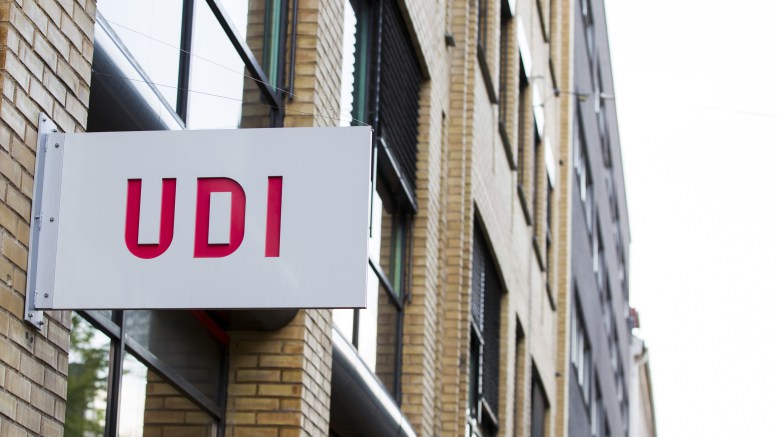
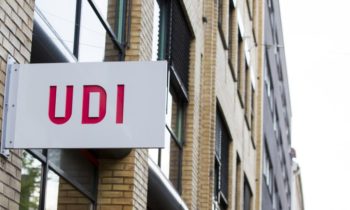 On 26 April, Norway signed a readmission agreement with Turkey. Under the agreement, Turkish citizens, third-country nationals and stateless persons who have a valid visa or a residence permit in Turkey may be returned to Turkey.
On 26 April, Norway signed a readmission agreement with Turkey. Under the agreement, Turkish citizens, third-country nationals and stateless persons who have a valid visa or a residence permit in Turkey may be returned to Turkey.
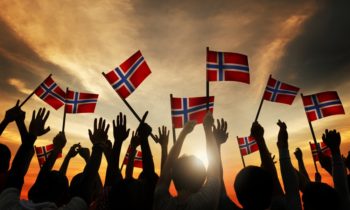 “Technology represents opportunities. We must exploit these opportunities to provide Norway with good public services and to create new jobs,” says Jan Tore Sanner, Minister of Local Government and Modernisation.
“Technology represents opportunities. We must exploit these opportunities to provide Norway with good public services and to create new jobs,” says Jan Tore Sanner, Minister of Local Government and Modernisation.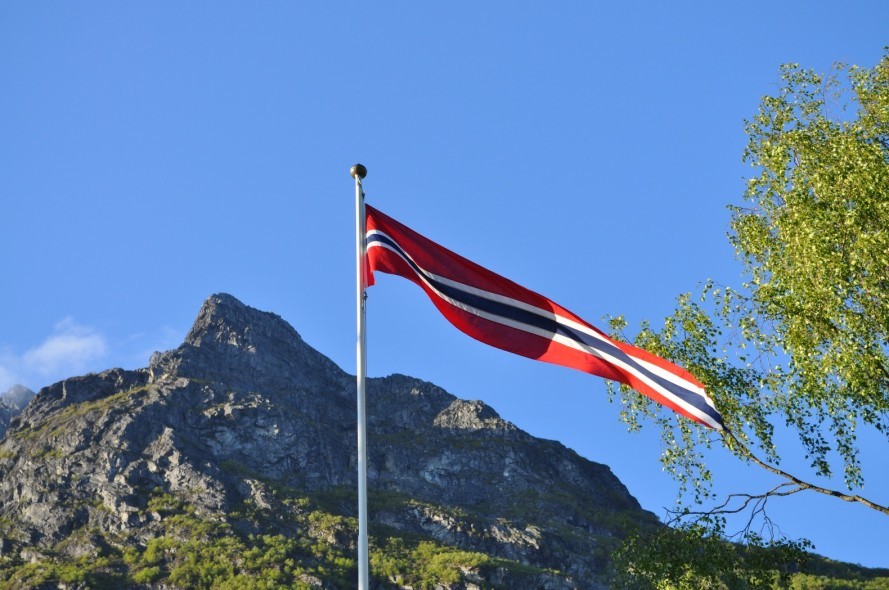
 The Government has decided that the national memorial site to commemorate the victims of the terrorist acts of 22 July 2011 will be completed at Sørbråten in the municipality of Hole in 2017.
The Government has decided that the national memorial site to commemorate the victims of the terrorist acts of 22 July 2011 will be completed at Sørbråten in the municipality of Hole in 2017.
 Norwegian gas accounts for about a quarter of the gas consumption in the EU. New projections show that Norway will be able to supply flexible and reliable gas for many decades, gas that offers an opportunity for affordable and efficient emission cuts in Europe. However, clear market signals from the EU are important when future gas export solutions from our High North shall be decided.
Norwegian gas accounts for about a quarter of the gas consumption in the EU. New projections show that Norway will be able to supply flexible and reliable gas for many decades, gas that offers an opportunity for affordable and efficient emission cuts in Europe. However, clear market signals from the EU are important when future gas export solutions from our High North shall be decided.
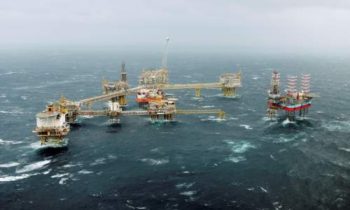 In the late 1950s, very few people believed that the Norwegian continental shelf (NCS) might conceal rich oil and gas deposits. However, the discovery of gas at Groningen in the Netherlands in 1959 caused people to revise their thinking on the petroleum potential of the North Sea.
In the late 1950s, very few people believed that the Norwegian continental shelf (NCS) might conceal rich oil and gas deposits. However, the discovery of gas at Groningen in the Netherlands in 1959 caused people to revise their thinking on the petroleum potential of the North Sea.
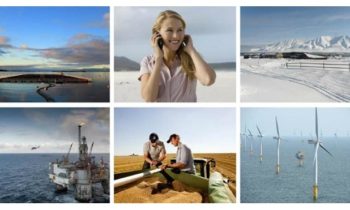 In the new white paper on direct ownership in state-owned enterprises the Government asks for consent to reduce state ownership in several companies.
In the new white paper on direct ownership in state-owned enterprises the Government asks for consent to reduce state ownership in several companies.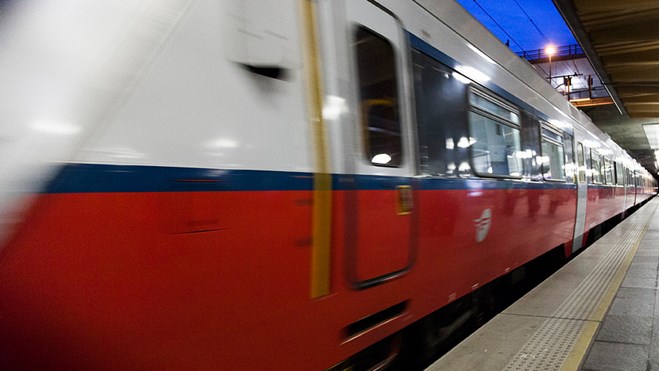
 “The role of the railways in the transport system is to be strengthened. An increase in grants and improvements in organisation will transform the railways into a key transport sector in the future. The railway reform will better distribute the various fields of responsibility and thus ensure a more professionally organised system. I am satisfied with the substantial and positive engagement shown by the participants in the railway sector in connection with the work on the reform”.
“The role of the railways in the transport system is to be strengthened. An increase in grants and improvements in organisation will transform the railways into a key transport sector in the future. The railway reform will better distribute the various fields of responsibility and thus ensure a more professionally organised system. I am satisfied with the substantial and positive engagement shown by the participants in the railway sector in connection with the work on the reform”.
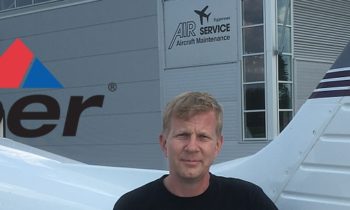 Danish-Norwegian aviation company Air Service Vamdrup with workshop facilities in Vamdrup, Denmark, and at Eggemoen, Norway, has been appointed as an Authorized Piper Service Center in Norway. The appointment means better service to Northern European and especially Norwegian Piper aircraft owners.
Danish-Norwegian aviation company Air Service Vamdrup with workshop facilities in Vamdrup, Denmark, and at Eggemoen, Norway, has been appointed as an Authorized Piper Service Center in Norway. The appointment means better service to Northern European and especially Norwegian Piper aircraft owners.
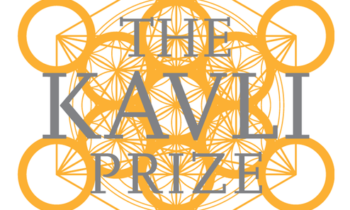 Nine pioneering scientists from Germany, Switzerland, United Kingdom and USA have been named this year’s recipients of the Kavli Prizes – prizes that recognize scientists for their seminal advances in astrophysics, nanoscience and neuroscience.
Nine pioneering scientists from Germany, Switzerland, United Kingdom and USA have been named this year’s recipients of the Kavli Prizes – prizes that recognize scientists for their seminal advances in astrophysics, nanoscience and neuroscience.
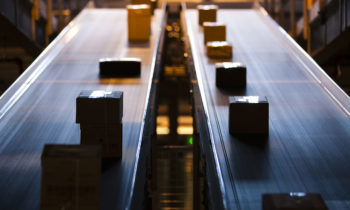 A postal sorting office in southern Norway was evacuated after dozens felt sick after a suspicious package containing “powder” was opened. More than 40 people sought medical aid as a bomb squad investigated the site in protective hazmat suits.
A postal sorting office in southern Norway was evacuated after dozens felt sick after a suspicious package containing “powder” was opened. More than 40 people sought medical aid as a bomb squad investigated the site in protective hazmat suits.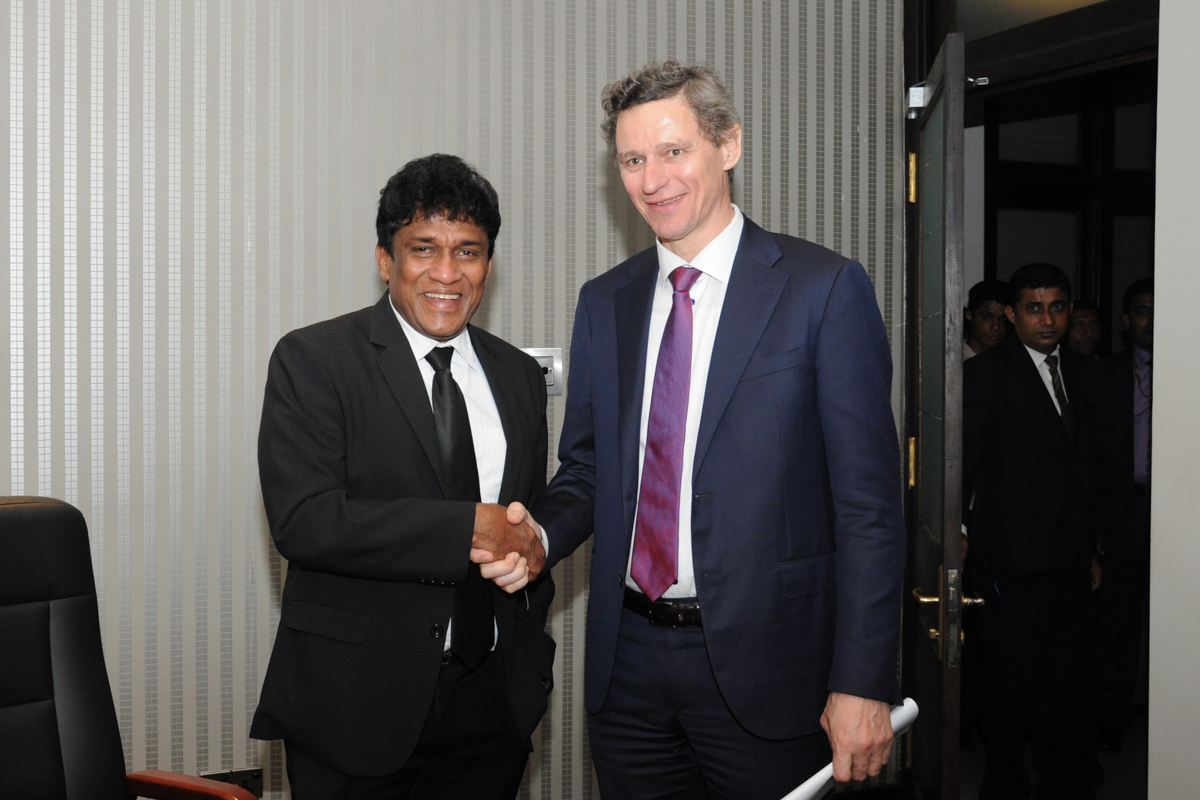
 The launch of the Norway Business Association of Sri Lanka took place last evening (June 1st).
The launch of the Norway Business Association of Sri Lanka took place last evening (June 1st).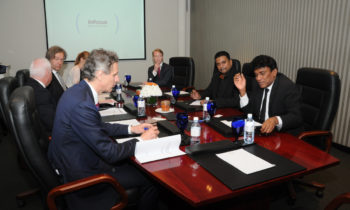 The Minister also said that they are looking at the possibility of cooperation in the fields of aquaculture and offshore fish farming .
The Minister also said that they are looking at the possibility of cooperation in the fields of aquaculture and offshore fish farming .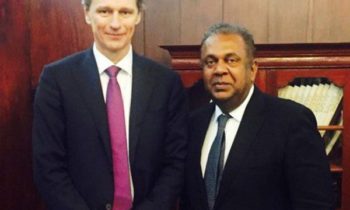

 Iceland slumped to a 3-2 defeat against Norway in a friendly on Wednesday as the islanders prepared for their first major tournament at the European Championship.
Iceland slumped to a 3-2 defeat against Norway in a friendly on Wednesday as the islanders prepared for their first major tournament at the European Championship.
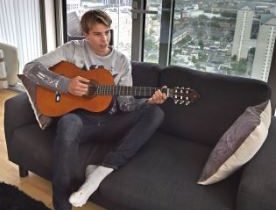 The rise and rise of Hammers 19 year old Norwegian sensation Martin Samuelsen continued this week with his debut appearance for the full Norwegian side. Samuelsen came on as a second half substitute provoking the free kick that resulted in a winning goal for Norway as the game ended 3-2. Although Norway wont be competing at the Euros, they have a series of friendlies this Summer that can provide further opportunities for Samuelsen to shine.
The rise and rise of Hammers 19 year old Norwegian sensation Martin Samuelsen continued this week with his debut appearance for the full Norwegian side. Samuelsen came on as a second half substitute provoking the free kick that resulted in a winning goal for Norway as the game ended 3-2. Although Norway wont be competing at the Euros, they have a series of friendlies this Summer that can provide further opportunities for Samuelsen to shine.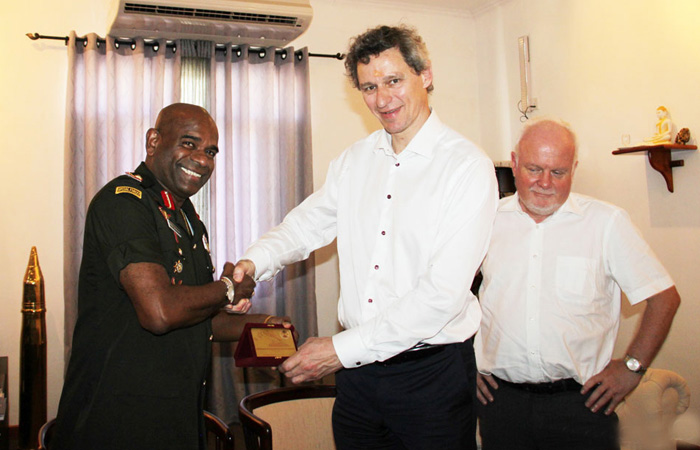
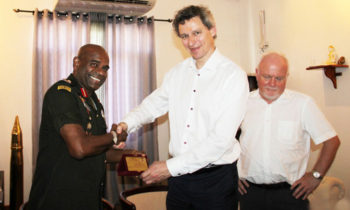 A Norwegian delegation during its visit to the Jaffna Peninsula met the Security Forces Commander – Jaffna in northen Sri Lanka recently.
A Norwegian delegation during its visit to the Jaffna Peninsula met the Security Forces Commander – Jaffna in northen Sri Lanka recently.
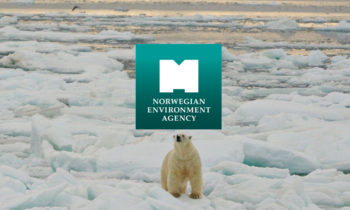 The Norwegian Environment Agency has identified new chemicals of concern that it wants to see added to the country’s list of priority substances.
The Norwegian Environment Agency has identified new chemicals of concern that it wants to see added to the country’s list of priority substances.
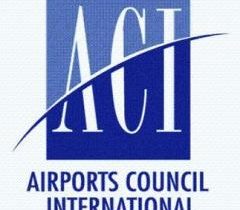 Airports Council International Europe (ACI) has criticised the introduction of Norway’s new aviation tax, calling it “short-sighted”, and warning that it “ignores the economic and wider strategic benefits of air transport”.
Airports Council International Europe (ACI) has criticised the introduction of Norway’s new aviation tax, calling it “short-sighted”, and warning that it “ignores the economic and wider strategic benefits of air transport”.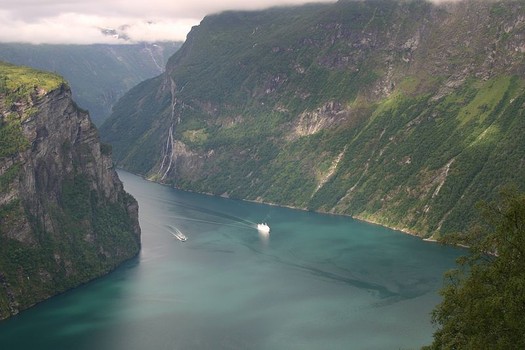
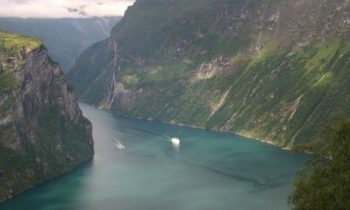 You have finally done it, decided to visit Norway. Now the fun of planning for your trip begins. Today’s traveler has access to a wide array of websites to help with that planning. No matter what you are looking for you are sure to find it on one of these sites.
You have finally done it, decided to visit Norway. Now the fun of planning for your trip begins. Today’s traveler has access to a wide array of websites to help with that planning. No matter what you are looking for you are sure to find it on one of these sites.

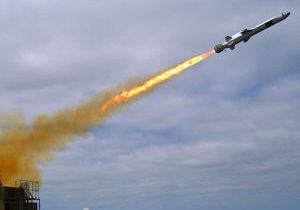 Norway started a four-week deployment in support of NATO’s mission of air surveillance and interception capabilities in Iceland, NATO’s Allied Command Operation said Thursday.
Norway started a four-week deployment in support of NATO’s mission of air surveillance and interception capabilities in Iceland, NATO’s Allied Command Operation said Thursday.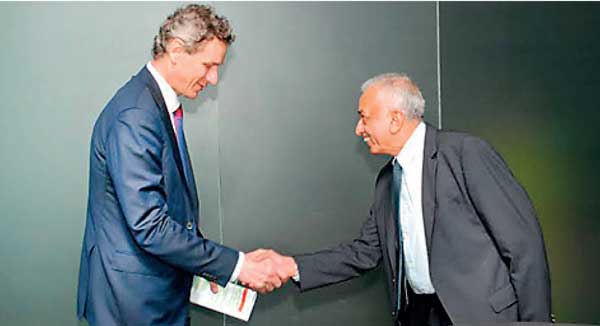
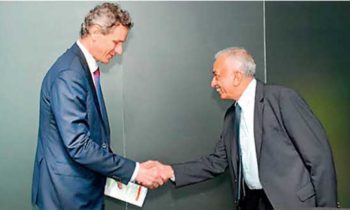 Norwegian Foreign Affairs Ministry State Secretary Tore Hattrem during his visit to Sri Lanka met Development Strategies and International Trade Minister Malik Samarawickrama at his ministry with the Norwegian delegation.
Norwegian Foreign Affairs Ministry State Secretary Tore Hattrem during his visit to Sri Lanka met Development Strategies and International Trade Minister Malik Samarawickrama at his ministry with the Norwegian delegation.